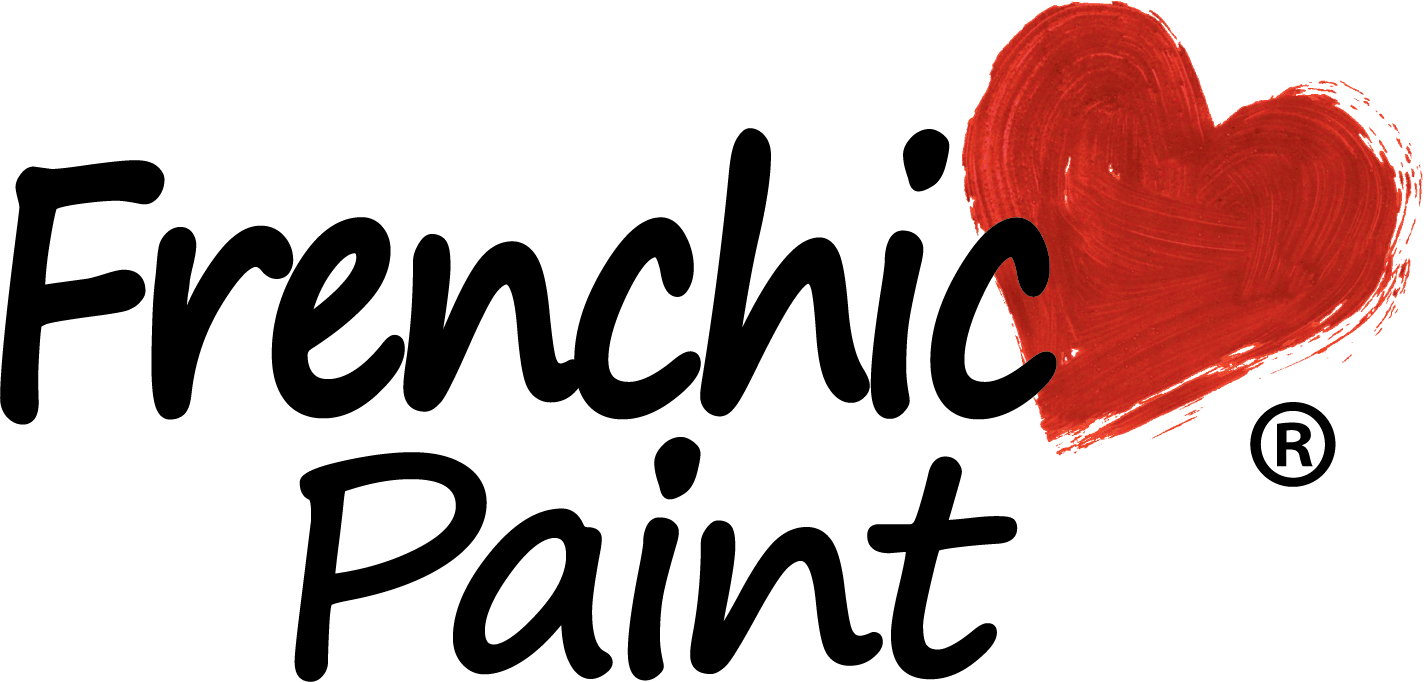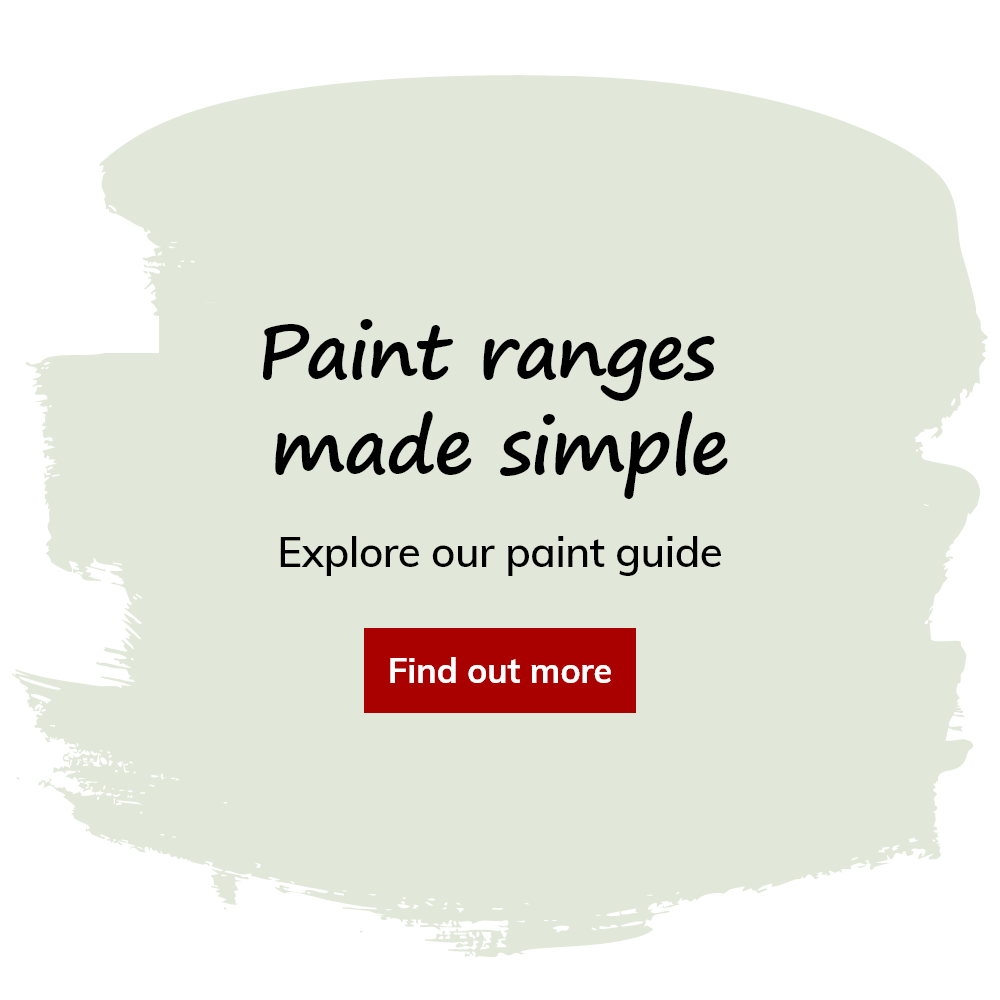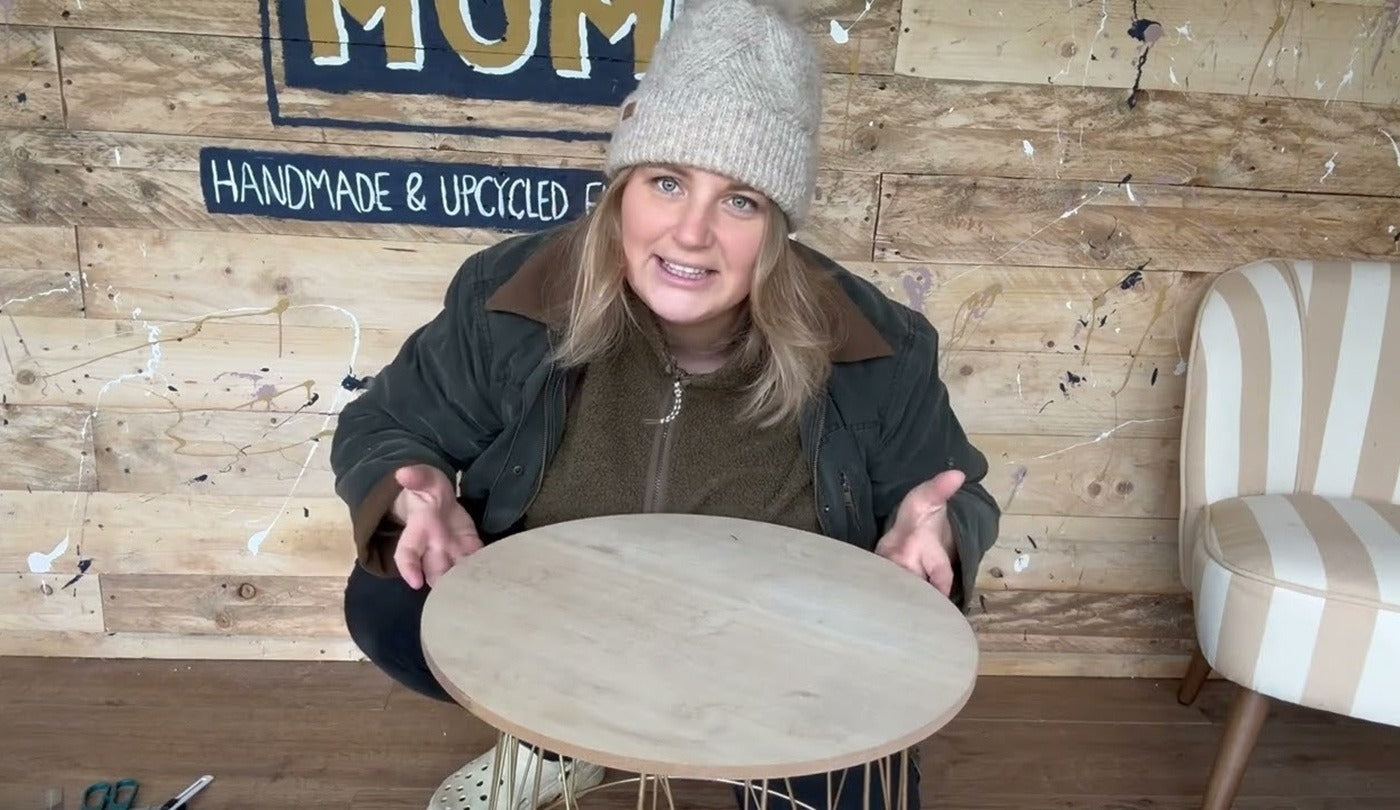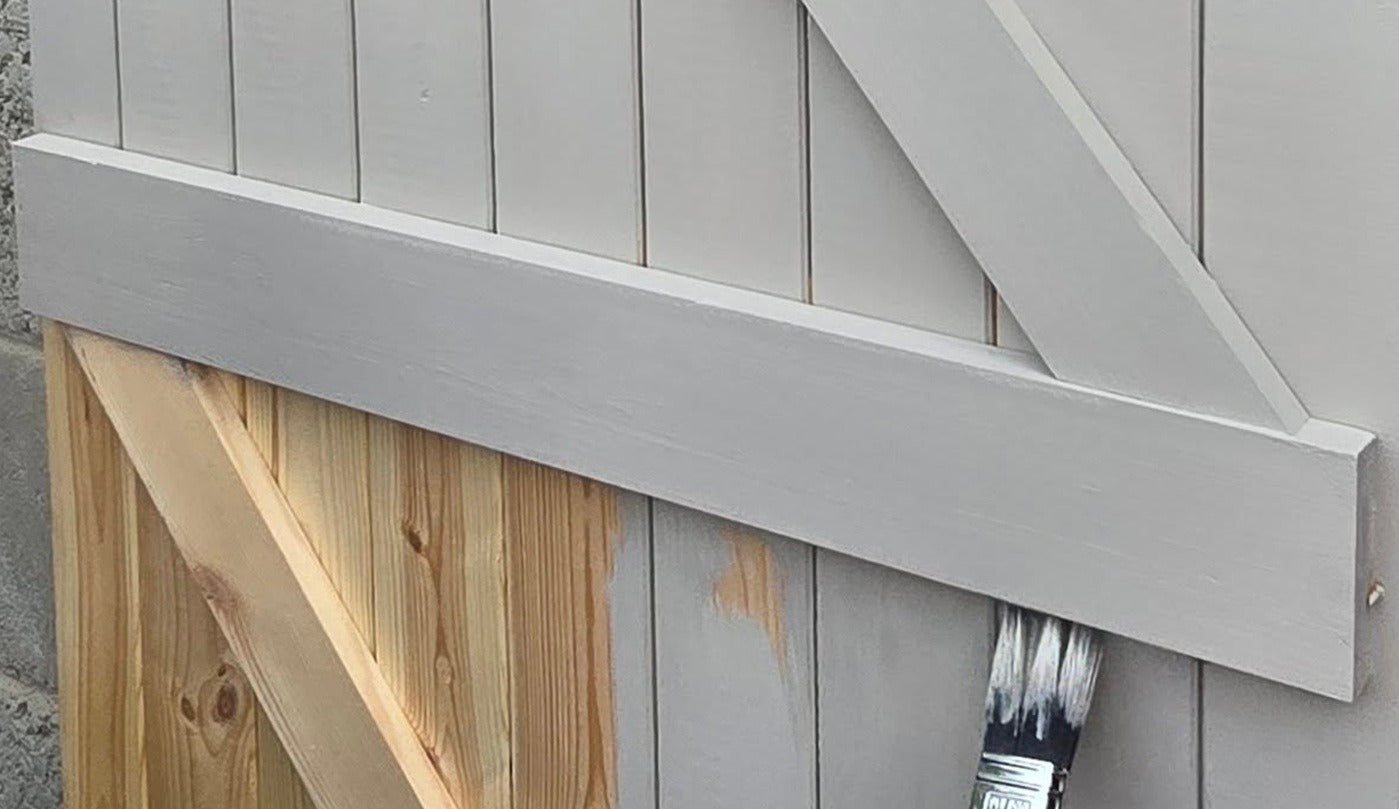Key FAQ Points:
- Choose paint based on the type of panelling you’re using, and whether you need to paint wood, laminate, walls or a combination of them.
- Frenchic’s Chalk Wall Paint range adheres to all of these surfaces, providing an all-in-one solution.
- You’ll need to prepare your panelling, including cleaning and sanding for existing panels or priming for new MDF and bare wood.
---
Panelling has skyrocketed in popularity over the last decade. It’s a great way to add interest to walls or even create a half-and-half look. Getting the right paint will ensure your panelling looks the part for years to come.
Understanding the different types of panelling
The paint you need will depend slightly on the type of panelling you’re using.
- Full panel systems like tongue-and-groove boards are designed to cover the entire section of wall they’re applied to. For these, you can use a single paint that adheres to wood.
- On the other hand, you have MDF slats, which are fixed to the wall, leaving sections of the original surface visible. In this case, your paint will need to adhere to both walls and wood if you want the colour to match.
- Finally, there’s veneer or laminate panelling, which was very popular in the 1960s-80s. Many homes still have this, and you may want to paint over it as a refresh.
Frenchic’s Chalk Wall Paint is a versatile choice, as it adheres to both walls and wood – as well as laminate surfaces. That means you don’t have to worry about buying multiple products or mismatching colours.
Preparing your panelling
Priming is a vital step for panelling that’s made from bare wood or MDF, as these surfaces are porous. 2-3 coats of Finishing Coat will seal the surface so it doesn’t suck moisture out of your paint when it’s applied.
If you’re using MDF slats, a self-priming paint like our Chalk Wall Paint can make things easier. You’ll still need to prime the slats themselves, but you won’t need to prime the wall underneath unless it’s bare plaster.
As for laminate or veneer panelling, you’ll need to make sure the surface is clean using a degreaser like Sugar Soap. Then lightly sand to provide a key, which will help the paint adhere. In this case, you won’t need a primer – just a self-priming product like our Chalk Wall Paint.








